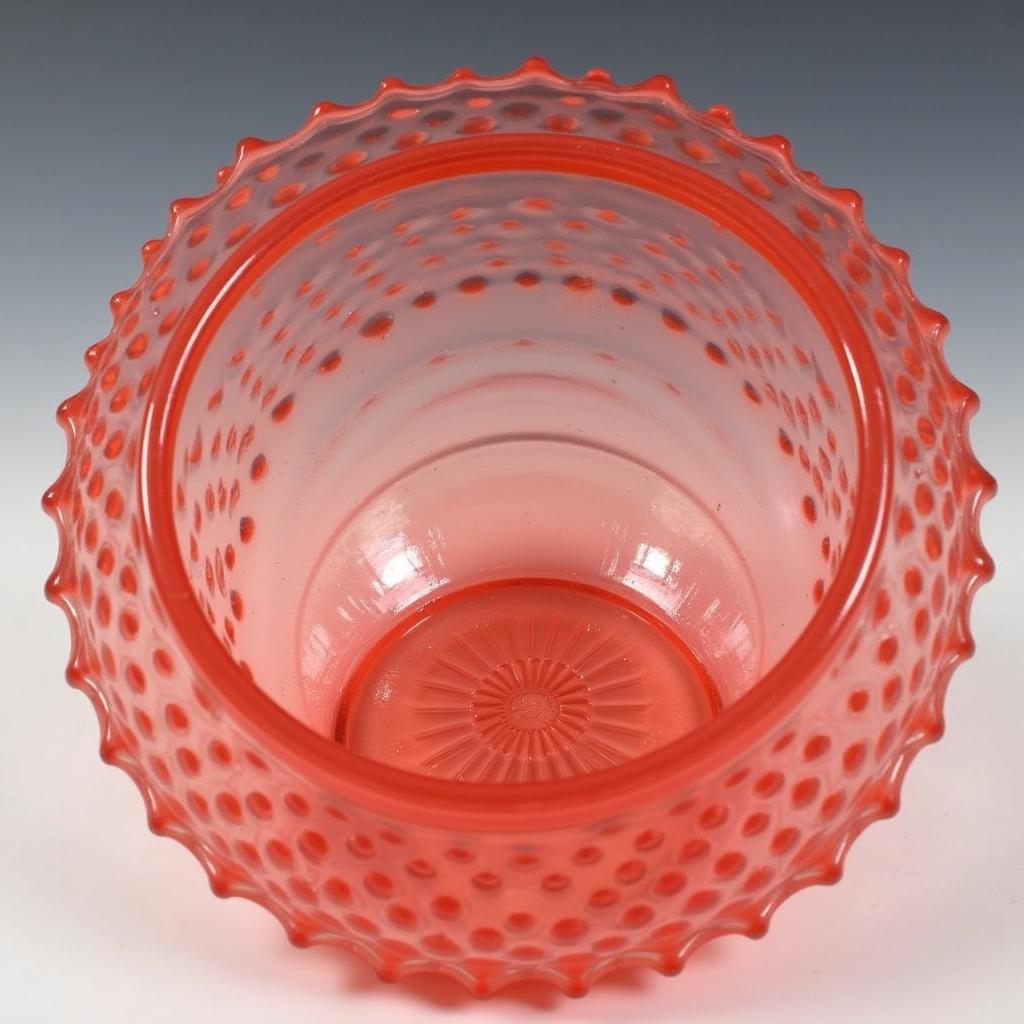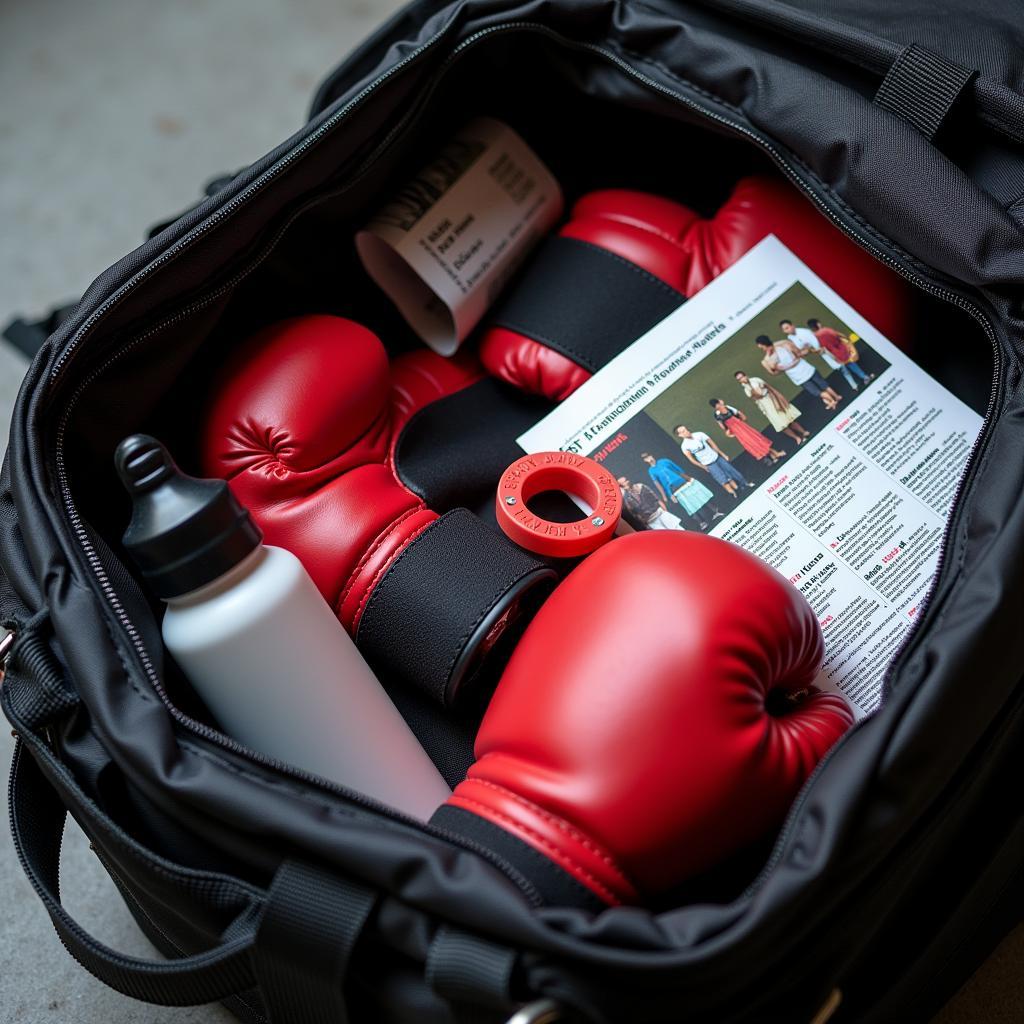Discovering the Timeless Beauty of Fenton Art Glass Bowls
Fenton Art Glass Bowls are a testament to American craftsmanship and artistry, captivating collectors and enthusiasts for over a century. These exquisite pieces, ranging from vibrant carnival glass to delicate cranberry opalescent, add a touch of elegance and history to any home. From their humble beginnings in a small Ohio town to their esteemed place in the world of decorative arts, Fenton’s story is as captivating as the shimmering glass itself. Let’s delve into the world of Fenton art glass bowls, exploring their history, identifying key characteristics, and uncovering what makes them so highly sought after by collectors.
A Journey Through Fenton’s History
Founded in 1905 by Frank L. Fenton and his brother John W. Fenton, the Fenton Art Glass Company quickly gained recognition for its innovative techniques and stunning designs. Initially focused on iridescent carnival glass, Fenton later expanded its repertoire to include a vast array of colors, patterns, and forms. Their handcrafted pieces, each imbued with a unique character, became synonymous with quality and beauty. The company’s commitment to handcrafted quality established its legacy as a premier glassmaker, earning a dedicated following that continues to this day.
Identifying Fenton Art Glass Bowls
While the beauty of Fenton glass is undeniable, identifying genuine pieces requires a discerning eye. Key features to look for include the Fenton logo, often found on the bottom of the bowl. However, not all Fenton pieces are marked, especially earlier productions. Examining the glass itself can reveal clues: the color, weight, and overall feel can help distinguish Fenton from other glassmakers. Additionally, studying the unique patterns and decorative elements, such as hand-painted designs and intricate hobnail textures, can provide further insight into the bowl’s authenticity and age.
Understanding Fenton Marks and Logos
Fenton utilized various marks and logos throughout its history, adding another layer of complexity to the identification process. Early pieces might only bear a paper label, long since vanished, while later bowls feature an embossed or etched oval logo. Understanding the evolution of these marks is crucial for accurate identification. Consult online resources and collector guides for detailed information on Fenton marks and logos.
 Fenton Glass Bowl with Hobnail Pattern in Cranberry Opalescent Glass
Fenton Glass Bowl with Hobnail Pattern in Cranberry Opalescent Glass
Why Collect Fenton Art Glass Bowls?
Fenton art glass bowls are more than just decorative objects; they are tangible pieces of history, each telling a story of American artistry and craftsmanship. The sheer variety of colors, shapes, and patterns ensures there’s a Fenton bowl to suit every taste, from the vibrant hues of carnival glass to the elegant simplicity of milk glass. Collecting Fenton provides a fascinating journey into the world of glassmaking, connecting collectors with a rich heritage.
Caring for your Fenton Collection
Preserving the beauty of Fenton art glass requires proper care. Avoid harsh chemicals and abrasive cleaners, opting instead for gentle dish soap and warm water. Handle with care, as even minor bumps can chip or crack the delicate glass. Display your collection in a safe and stable location, away from direct sunlight and extreme temperatures. With proper care, your Fenton art glass bowls will continue to shimmer and delight for generations to come.
What to Look for When Buying Fenton Art Glass
Whether you are a seasoned collector or just starting your Fenton journey, understanding the market is crucial. Prices can vary greatly depending on factors like rarity, condition, and demand. Researching comparable pieces and consulting with reputable dealers can help you make informed decisions. Be wary of reproductions and fakes, which are unfortunately prevalent in the market. Always buy from trusted sources and carefully examine the bowl for signs of authenticity.
Conclusion
Fenton art glass bowls represent a timeless legacy of American craftsmanship and design. From the shimmering iridescence of carnival glass to the subtle elegance of milk glass, Fenton’s creations continue to captivate collectors and enthusiasts alike. By understanding the history, identifying key features, and practicing proper care, you can fully appreciate the beauty and value of these exquisite pieces. Start your own Fenton journey today and discover the magic of these timeless treasures.
FAQ
-
How can I tell if my Fenton glass is authentic? Look for the Fenton logo, examine the glass quality, and research the piece’s features.
-
What is the most valuable Fenton glass? Rarity, condition, and demand all contribute to value. Certain colors and patterns are highly sought after.
-
Where can I buy Fenton glass? Reputable antique dealers, online marketplaces, and auction houses are good places to start.
-
How do I clean my Fenton glass? Use gentle dish soap and warm water. Avoid harsh chemicals and abrasive cleaners.
-
What is carnival glass? A type of iridescent glass, often featuring vibrant colors and swirling patterns, popularized by Fenton.
-
What is cranberry opalescent glass? A type of glass with a pinkish-red hue and a characteristic opalescent sheen.
-
Did Fenton make other types of glassware besides bowls? Yes, Fenton produced a wide range of glass items, including vases, lamps, figurines, and more.
Common Fenton Art Glass Bowl Scenarios
-
Scenario 1: You inherit a beautiful glass bowl from your grandmother but are unsure if it’s Fenton. Where do you start? Begin by checking for a Fenton logo or mark. Then, examine the glass quality and compare it to known Fenton characteristics. Online resources and collector guides can provide further assistance.
-
Scenario 2: You’re attending an antique show and spot a Fenton bowl you love. How do you ensure it’s authentic and priced fairly? Carefully examine the piece for signs of authenticity, such as the logo and glass quality. Compare the price to similar pieces you’ve researched online or seen at other reputable dealers.
-
Scenario 3: You accidentally chip your cherished Fenton bowl. What can you do? While minor chips can sometimes be professionally repaired, significant damage may be irreversible. Contact a glass restoration specialist for advice.
Related Articles and Questions
- How to Value Your Antique Glassware Collection
- Understanding the Different Types of Antique Glass
- Identifying and Dating Antique Glass Marks
Contact us for assistance: Phone: 02462573573, Email: [email protected] Or visit us at: Savico Megamall, 7-9 Đ. Nguyễn Văn Linh, Gia Thụy, Long Biên, Hà Nội 10000, Việt Nam. We have a 24/7 customer service team.


